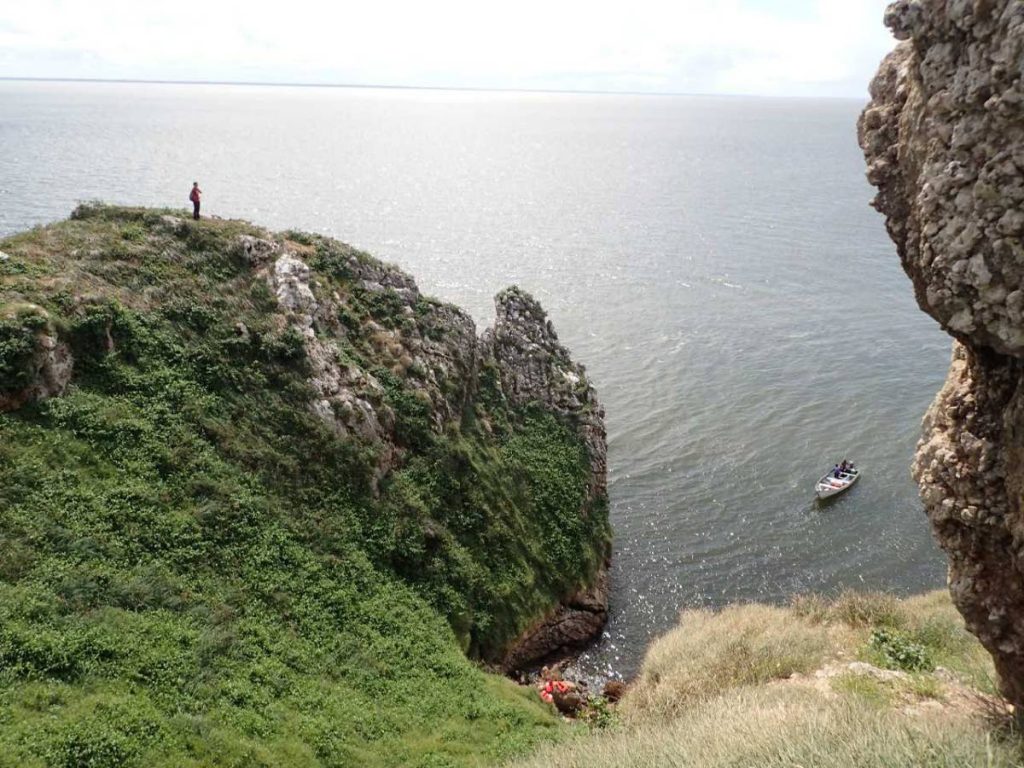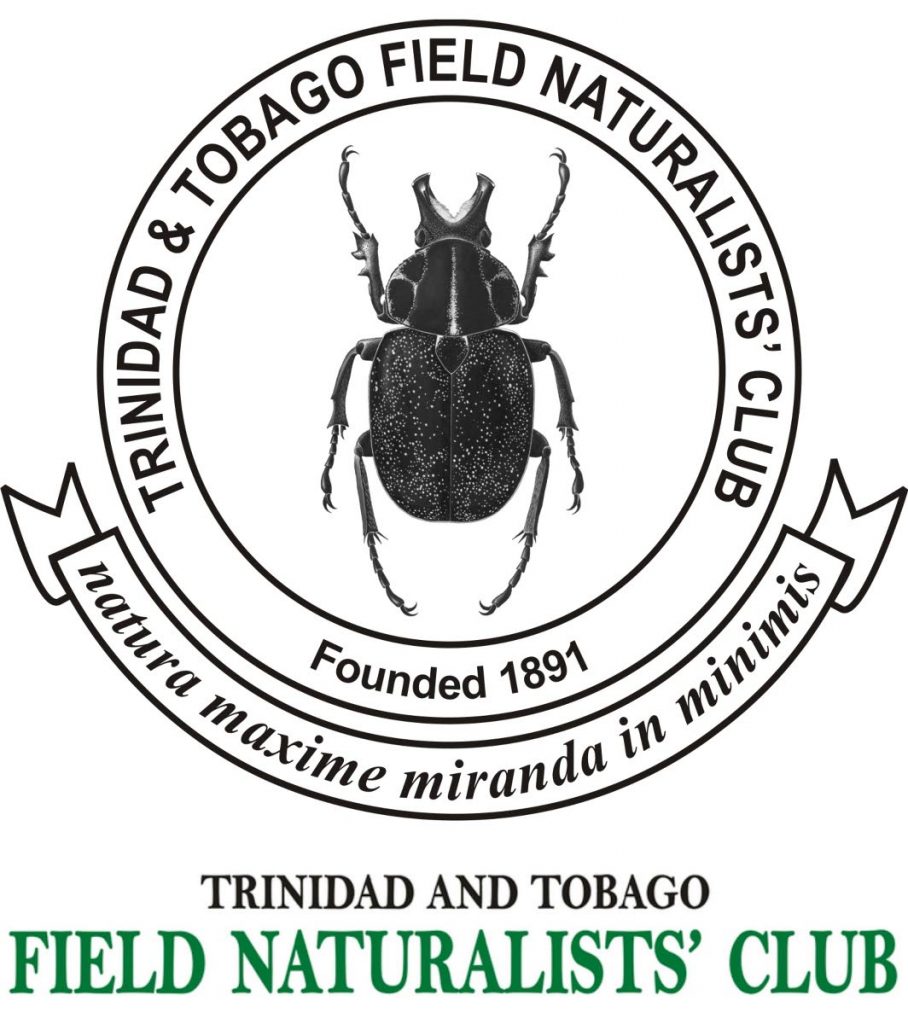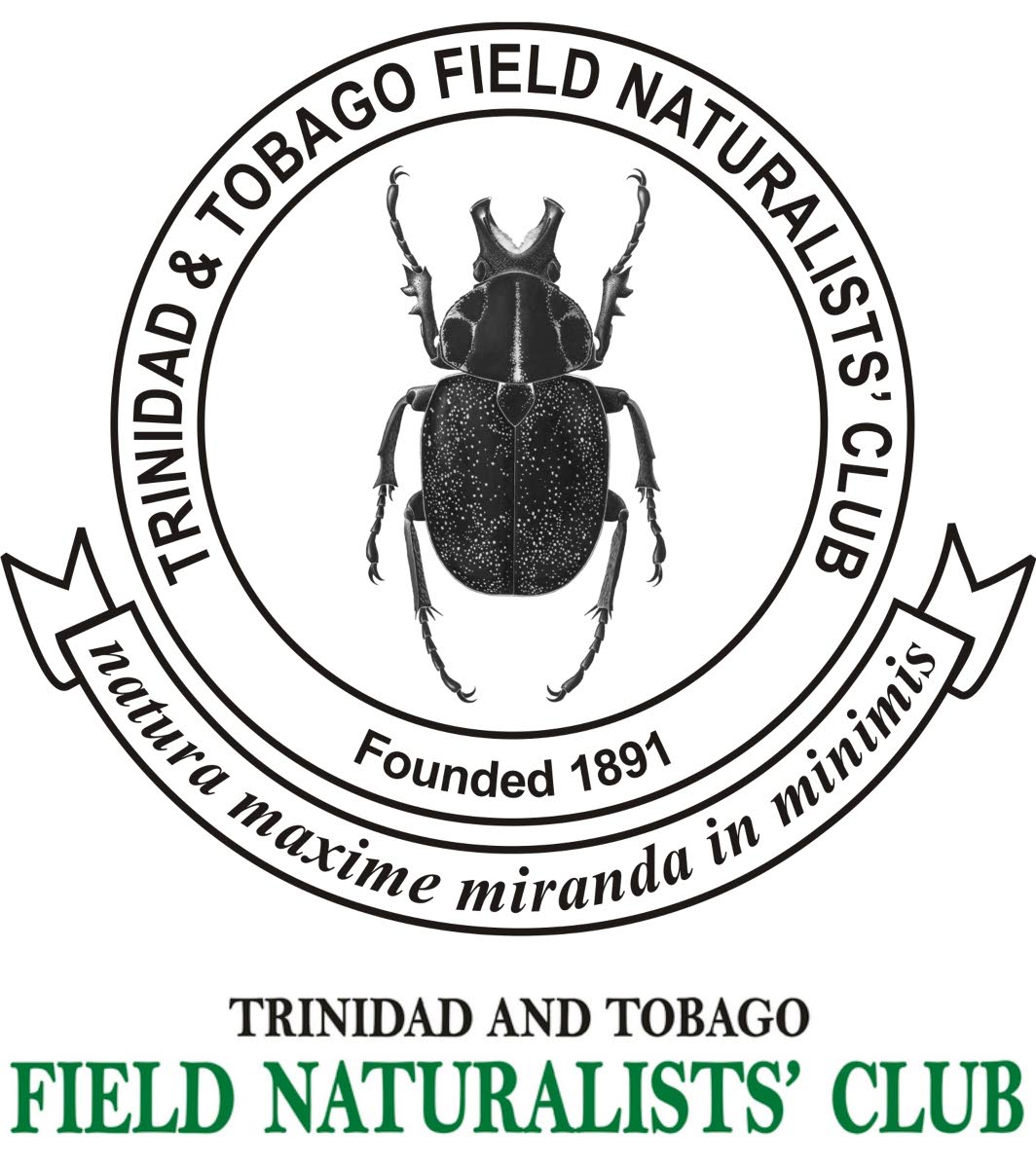Bioblitzing south-west

MIKE G RUTHERFORD
Before dawn cars loaded with enthusiastic nature lovers made their way to the furthest south-west point of Trinidad to join in the sixth TT Bioblitz in the beautiful Icacos peninsula. Their initial destination was the Icacos Government Primary School, the base camp for the weekend.
The bioblitzers, made up of members of the Trinidad and Tobago Field Naturalists’ Club (TTFNC), staff and students from The University of the West Indies and many others, set up tents, hung hammocks and prepared equipment for what would be a long but fun weekend. The main hall was turned into a biodiversity display and identification zone with microscopes, books and laptops, and tables covered in specimens.
The briefing for the surveying teams by this writer who is the curator of the University of the West Indies Zoology Museum (UWIZM), began just after 11 am on November 4. At noon, participants headed off in different directions to start the 24 hours of searching which would last until noon on November 5.
The main area for surveying was a 10km-wide circle which stretched from the beach at Icacos to the St Marie Road just south of Bonasse village. Most of the participants explored four trails during their surveying; Trail one took them from the centre of Icacos village to the coast along an old road passing through secondary forest and coconut plantation. Trail two started at the Columbus Bay parking area and looped around the headland through some mangrove forest. Trail three headed through the cocal plantations to the Icacos mud volcanoes and trail four took the teams along St Marie Road into some good secondary forest. However, one team ventured outside the circle to visit Soldado Rock, a wildlife reserve about 10km west of Icacos between Trinidad and Venezuela.

The Soldado group took a fishing boat from the Icacos beach and headed to the tiny island. Pelicans and magnificent frigate birds covered the rocks, with many of the male frigates inflating their bright-red throat pouches to display to the females. The team of nine landed on the island and while representatives of the plant, bird, reptile and invertebrate groups scoured the land, three members of the aquatic team snorkelled in the small cove to see what underwater life they could find. Interesting finds included a large iguana, a dead giant centipede, two green turtles and even a hummingbird making a quick stop on the way from Venezuela to Trinidad.
Back on the mainland, part of the birding group, led by TTFNC president Darshan Narang, set themselves up along an old trail to the east of Icacos. Instead of walking around searching with binoculars, they let the birds come to them. Mist nets placed across a clearing in the forest allowed them to catch small birds, which were identified, had a band placed on their leg and then released. The rest of the birders covered the other trails and observed many species including the uncommon crested caracara, grey-cowled wood-rail, pinnated bittern and spotted tody-flycatcher.
Members of the mammal group, led by Laura Baboolal, continued using the mist nets that night to catch bats, catching an impressive 50 individuals from seven species. Other mammal sightings included a couple of capuchin monkeys in the forest, most likely these were escaped pets, possibly brought over from Venezuela.
Mixed teams of plant and animal experts followed TTFNC guide Dan Jaggernauth through the cocal plantations to a patch of forest which surrounds the Icacos mud volcanoes. The mammal team had some trail cameras to retrieve from this site and a few more from the forest near Bonasse, analysis of the photos revealed the presence of agouti and manicou.
The plant group, led by Mike Oatham and joined by members of the Forestry Division, visited all the trails and as well as identified many plants where they found them. They also gathered leaves, flowers and seeds to take back to base camp for more accurate identification with the help of expert Winston Johnson and a plethora of books and scientific papers. Members of the National Herbarium of TT, led by Shane Ballah, focused on mosses and lichens.
The reptile and amphibian team, led by Saiyaad Ali of the Serpentarium and Renoir Auguste from UWI, did some surveying in the day but their main period of activity was through the night. The Icacos area is well known amongst herpetologists for the variety of frogs to be found there and this weekend it did not disappoint.

Seventeen different species were found in the swamps, rivers, ditches and pools, more than any previous bioblitz. The teams also found many species of snakes and lizards and not surprisingly there were caimans all over the place. The Serpentarium crew brought many of the animals they found to the base camp on the Sunday to temporarily display them for the public.
Several small groups looked for insects, spiders, scorpions and other terrestrial invertebrates. Jo-Anne Sewlal spent Saturday afternoon finding spiders in the forests whilst Rakesh Bhukal and his team looked for dragonflies in the swamps in the day and scorpions at night. Lauren Ali did a great job of pulling together all the butterfly sightings.
Whilst most teams spent their time in the forests, the aquatic team, led by Ryan Mohammed from UWI, focused on the beaches and swampy areas. Using a variety of nets and traps they collected a wide range of fish, crustaceans and molluscs. Highlights included a night-time survey of Columbus Bay at low tide under the full moon when many species of marine snails and worms could be found crawling across the muddy beach.
The Microbe team had been cultivating bacterial and fungal samples in their laboratory over the previous weeks from local water and soil samples collected before the bioblitz. Team members came down to put on a display as part of the educational outreach at the school. With a mix of games and activities, they taught the public all about these microscopic forms of life.
Fungus enthusiast Jeffrey Wong Sang who came down on Sunday headed out on a couple of the trails. After getting a few specimens and photos collected by other teams he then spent the rest of the time showing visitors his impressive mushroom display.
One of the best aspects of this year’s bioblitz was the warm welcome by the Icacos villagers. The school had done a great job of spreading the word about the event and from early on Sunday morning groups of children turned up to see the displays by the UWIZM, TTFNC, Serpentarium and UWI. Soon families were turning up and eventually a whole class of sixth formers from Northgate College came along too. Amy Deacon, UWI lecturer and TTFNC secretary, took the lead in showing the children all the activities they could do and encouraged them go out and see what wildlife they could find for themselves.
The event was also visited by Minister of Agriculture, Land and Fisheries Dr Clarence Rambharat and Cedros councillor Shankar Teelucksingh. Both stayed for several hours meeting with participants and the surveying teams and learning more about the biodiversity in the region.
Just after 1 pm on Sunday the total number of species found was announced and included 14 mammals, 127 birds (a new TT Bioblitz record), 22 reptiles, 17 amphibians (another record), 33 fish, 74 insects, 26 arachnids, 13 crustaceans, 11 myriapods, 33 molluscs, six other invertebrates, 40 fungi, 16 bacteria and 318 plants for a grand total of 750. A great result for a very interesting area, quite unlike anywhere else in TT.
The bioblitz organisers extends thanks to main sponsors First Citizens for generously funding the event for the sixth year in a row, and to the Bermudez Biscuit Company; Phillipe Agostini of the Coconut Growers Association for access to the estates and the staff and pupils of Icacos Government Primary School for welcoming the bioblitz with such open arms.

To see more photos of the teams, the wildlife and the public event visit the TT Bioblitz Facebook page. Photographs in this article provided by Mike Rutherford, Elizabeth Seebaran and Renoir Auguste. For more info on our natural environment contact the Trinidad and Tobago Field Naturalists’ Club at admin@ttfnc.org or visit our website at www.ttfnc.org and our Facebook or YouTube pages.


Comments
"Bioblitzing south-west"